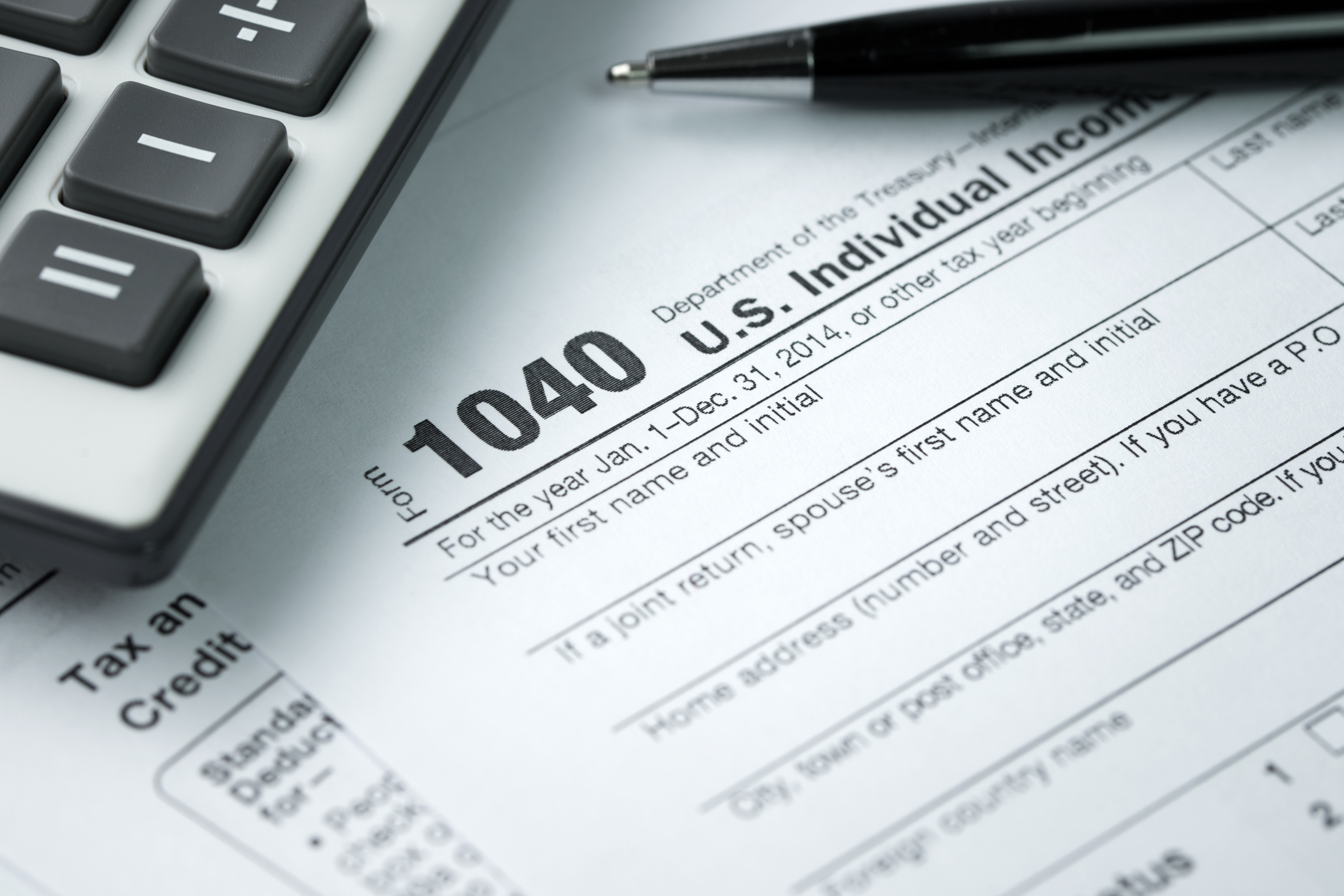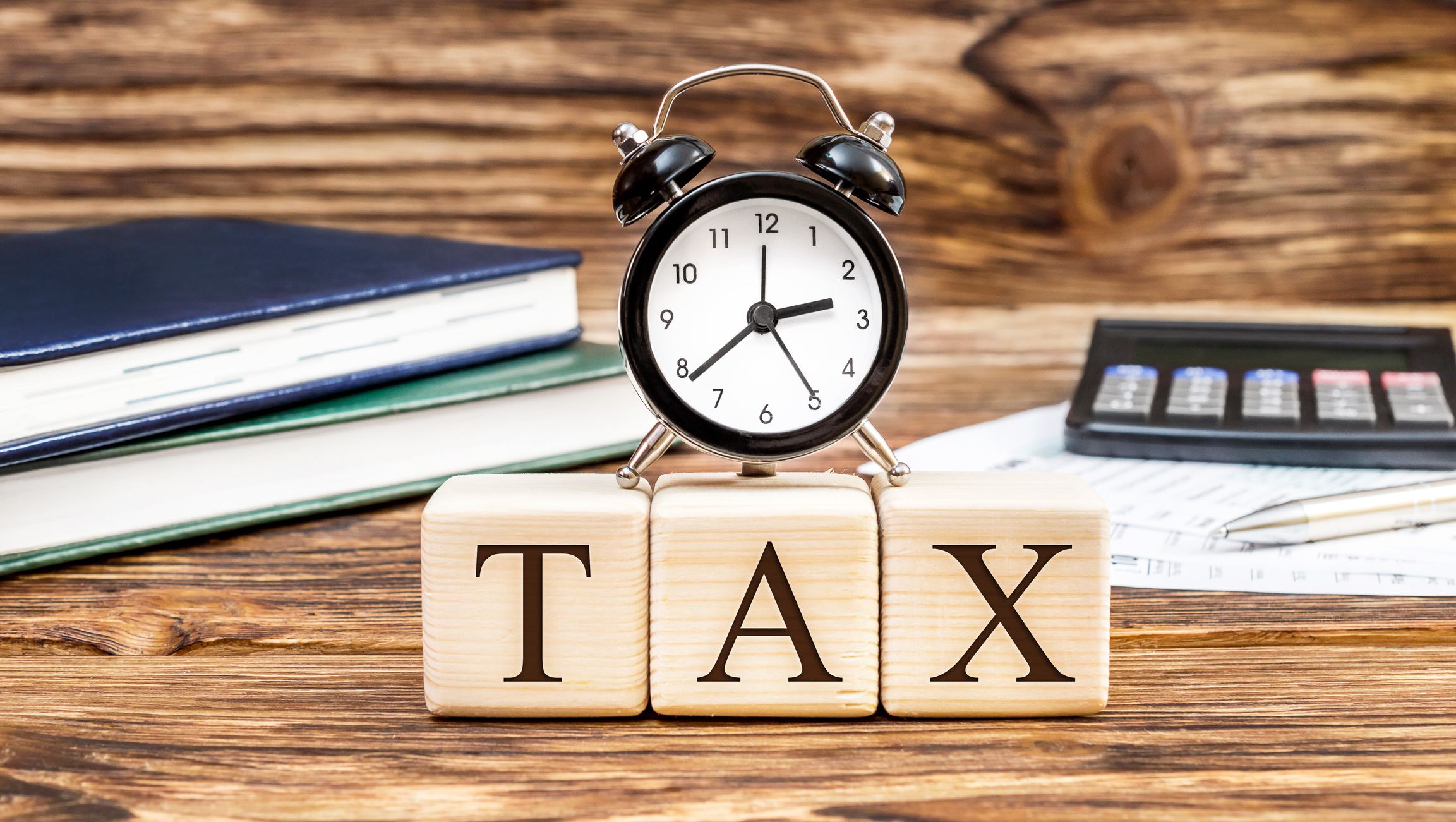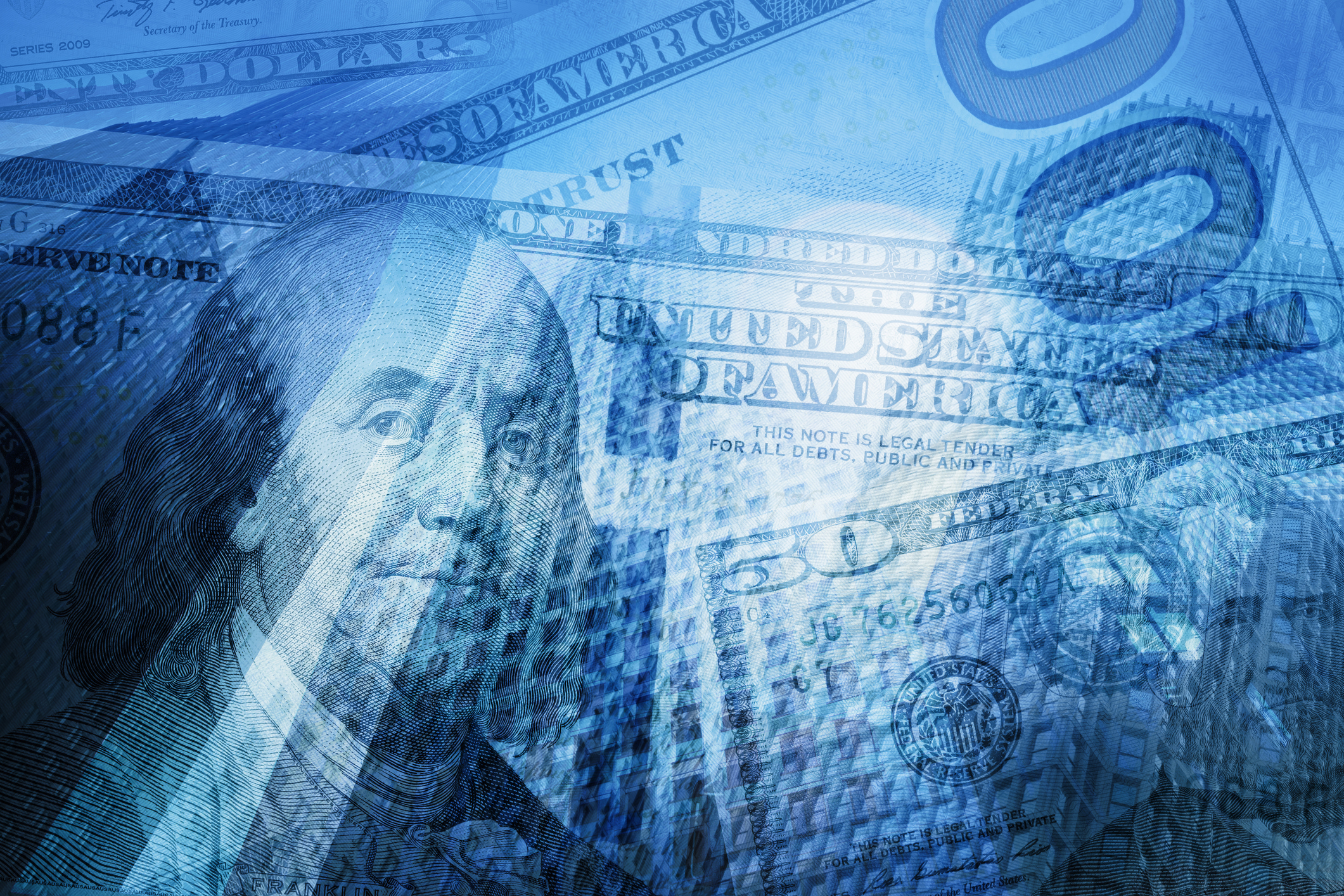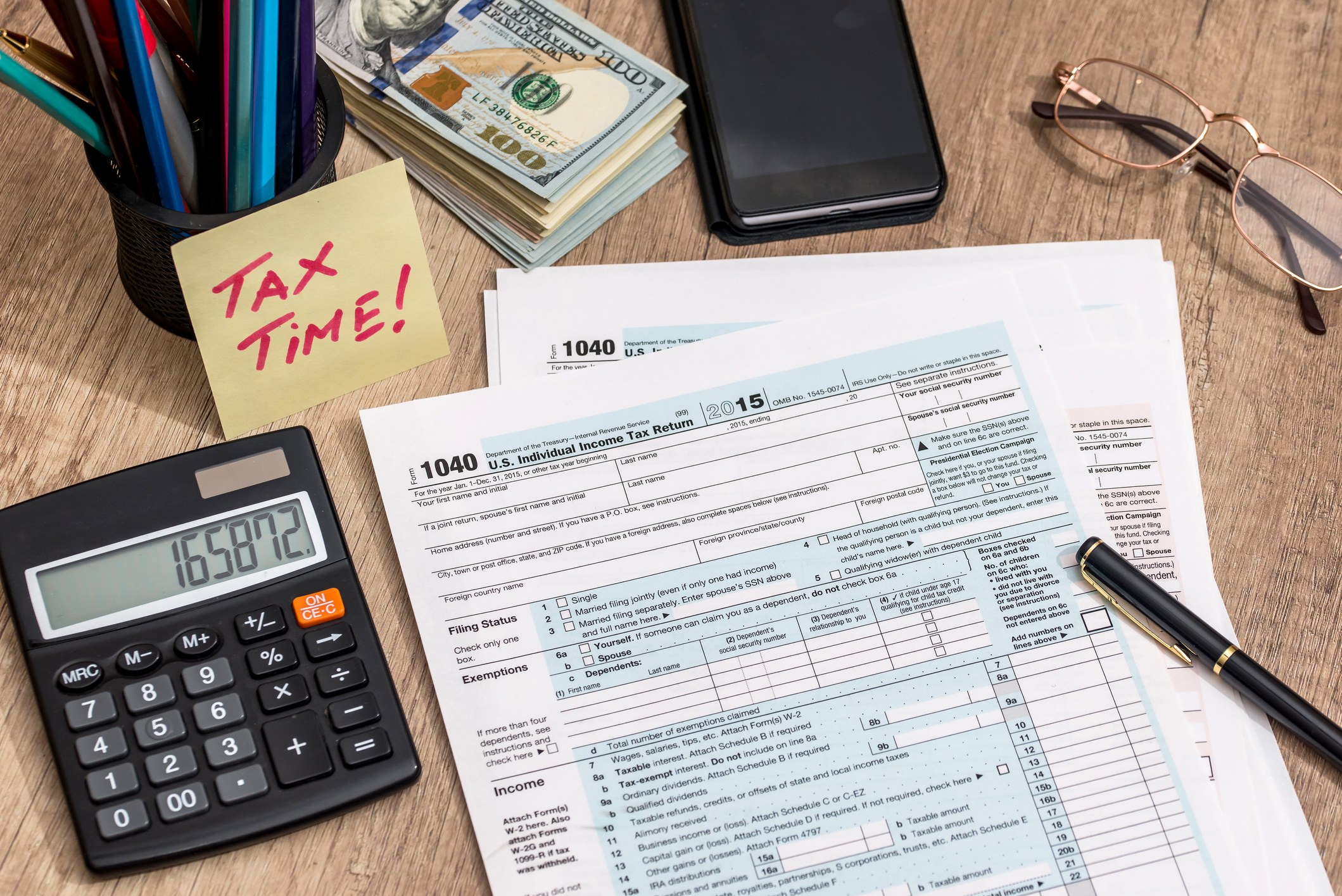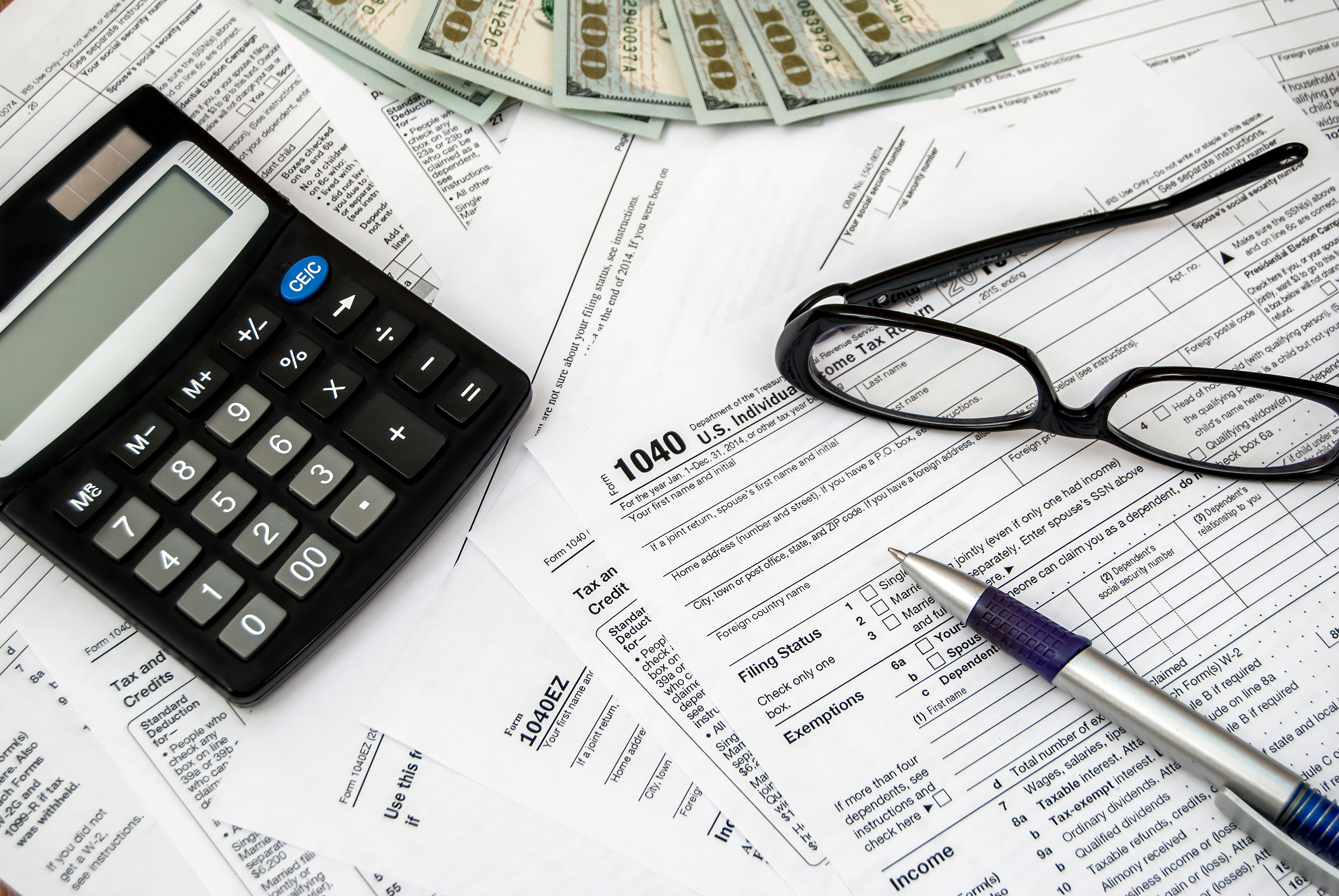Billion-dollar companies have been part of the U.S. economy for more than a century. Trillion-dollar companies, however, are a more recent development. Although Apple (AAPL -1.06%) is often considered to be the first publicly traded company to reach $1 trillion in market capitalization, it's neither the first nor the last to reach a four-comma valuation. Read on to learn more about the trillion-dollar club's history, as well as its past, present, and potential future members.
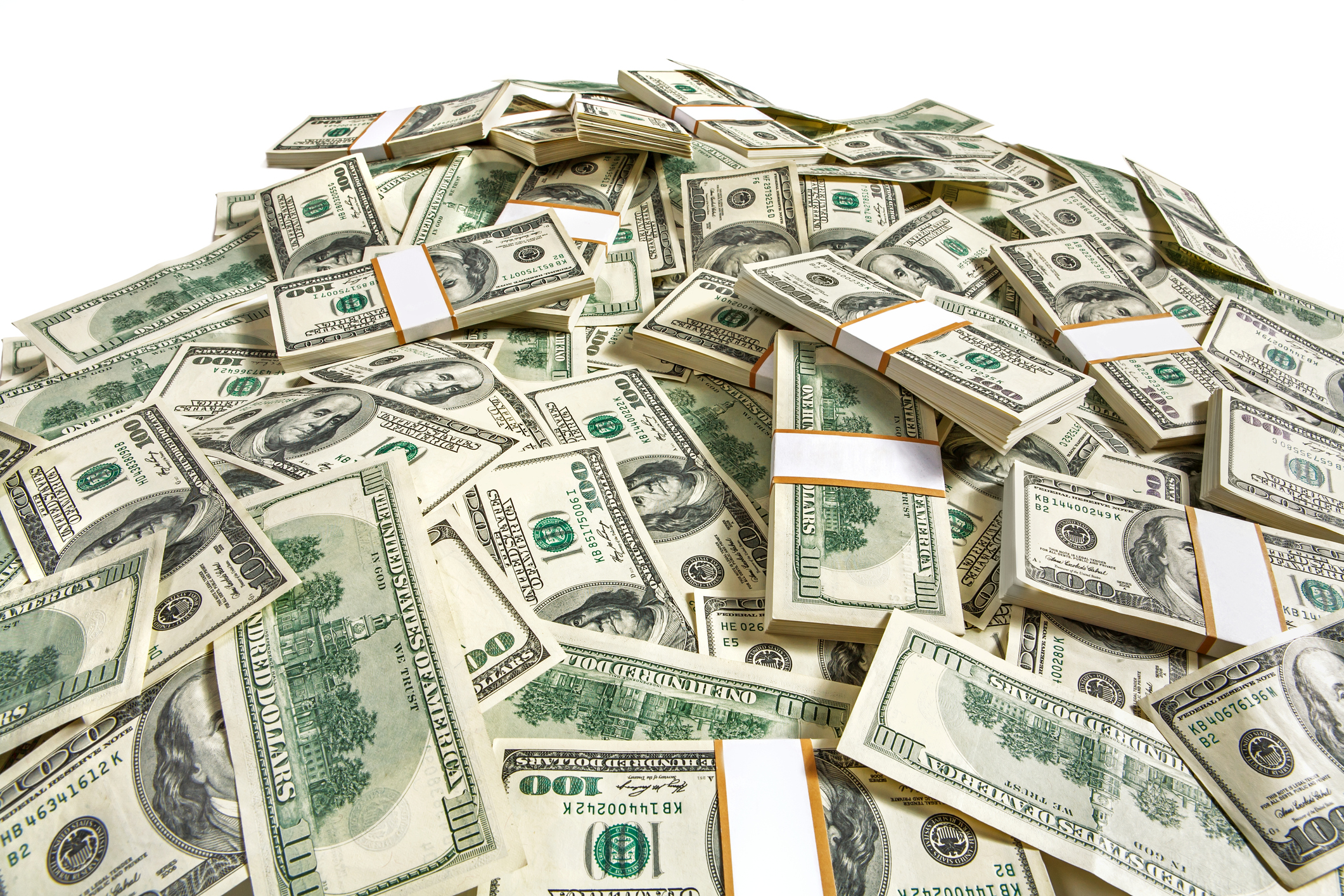
The trillion-dollar club is still a relatively recent phenomenon in the United States. The first million-dollar enterprise, the Bank of North America, reached that milestone in 1781.
It took 120 years for a U.S. company to hit a billion-dollar valuation; U.S. Steel (NYSE:X) became the first billion-dollar U.S. company in 1901. General Motors (GM -1.53%) hit the $10 billion mark in 1955, and General Electric (GE -2.19%)(GEV -10.50%)(GEHC +0.16%) reached $100 billion in 1995.
The $1 trillion mark wasn't breached by a U.S. company until August 2018, when tech giant Apple hit four commas.
Trillion-dollar club members
Since Apple's ascension to the four-comma club, its market value has risen to a whopping $3 trillion. More companies have since joined the club, with a couple even surpassing Apple. Here are the companies that were members of the trillion-dollar club in mid-2024:
- Nvidia: (NVDA -3.78%). The chipmaker, which has benefited from the artificial intelligence (AI) boom, hit the $1 trillion mark in May 2023.
- Microsoft: (MSFT +0.02%). The software and cloud computing giant reached a $1 trillion valuation in April 2019.
- Apple: The tech king became a member of the trillion-dollar club in September 2018.
- Alphabet: (GOOG -3.16%)(GOOGL -3.21%). The digital advertising and search engine leader became worth more than $1 trillion in January 2020.
- Amazon: (AMZN -0.60%). The e-commerce and cloud computing kingpin hit $1 trillion in market capitalization in September 2018.
- Meta Platforms: (META -1.15%). The social media phenomenon became worth more than $1 trillion in June 2021.
- Saudi Aramco: The Saudi oil company became worth more than $1 trillion in December 2019. Note that foreign investors who want to buy a share are required to have at least $500 million in assets to open an account on the Tadawul exchange, where about 1.5% of its stock is traded.

